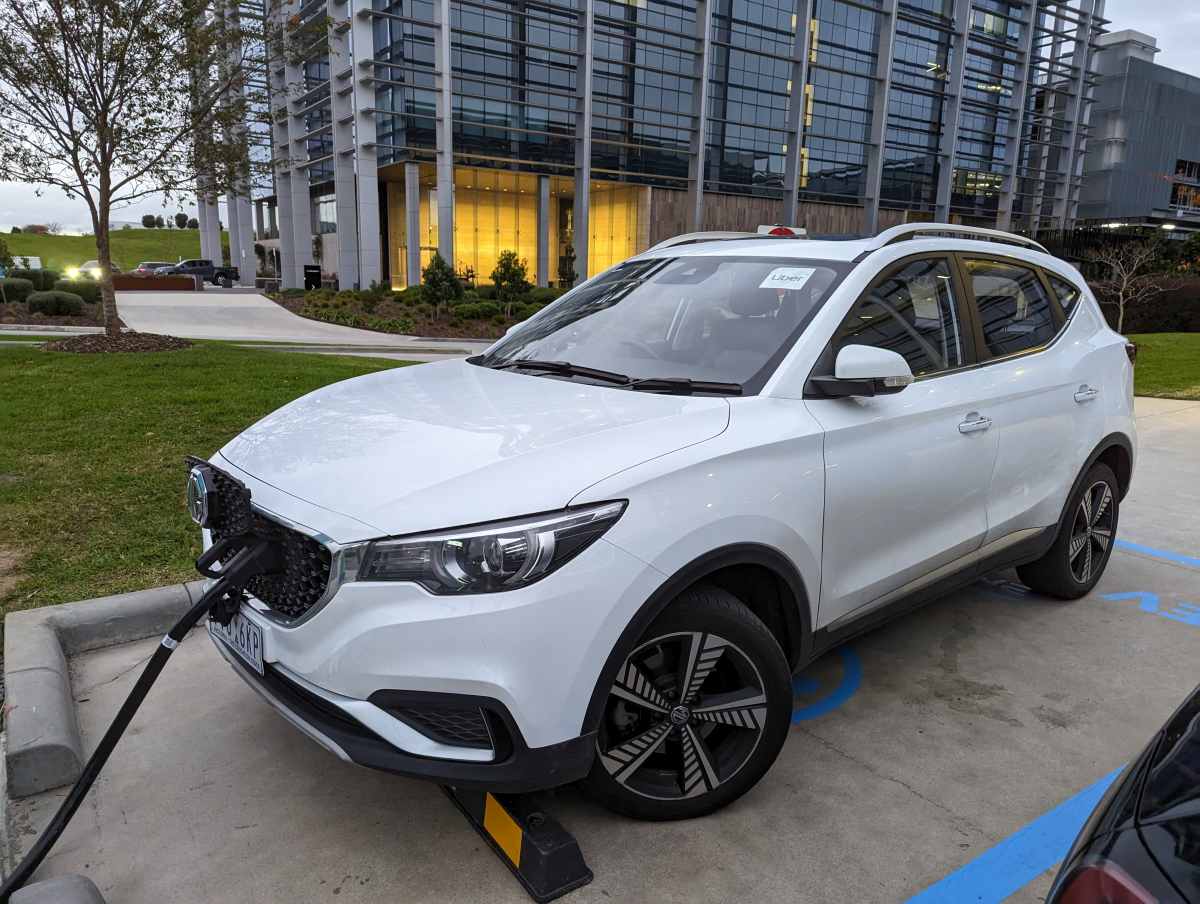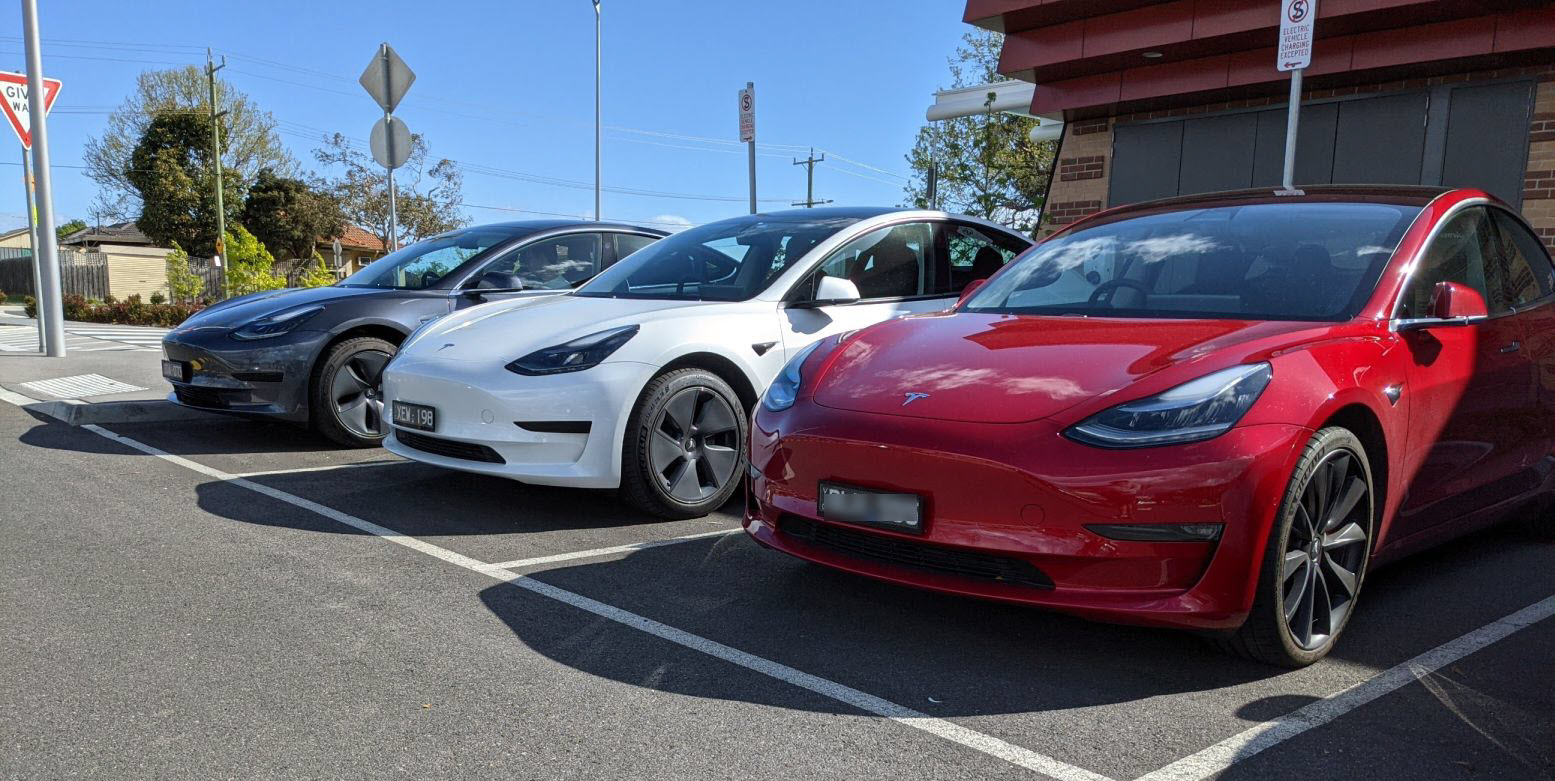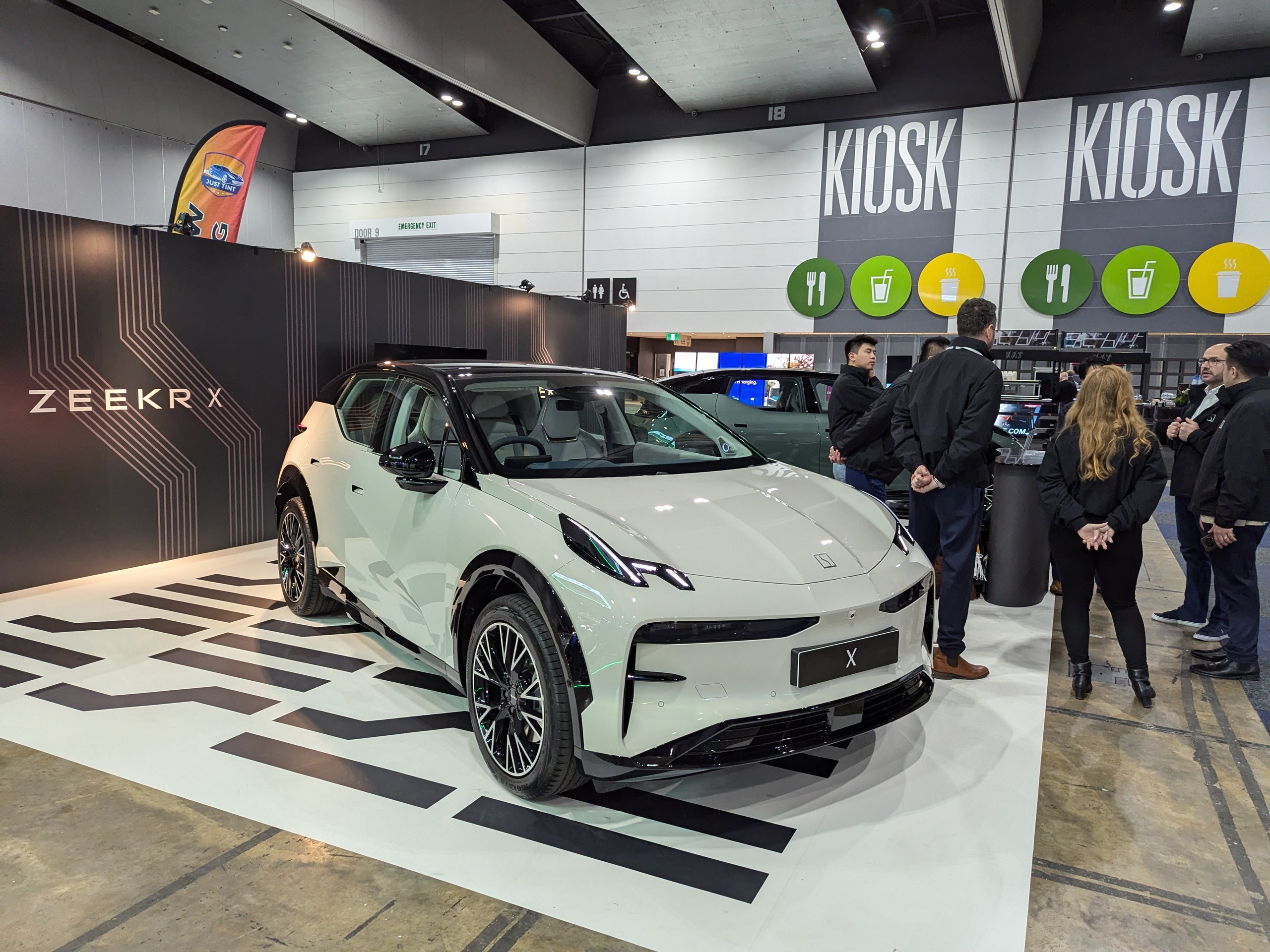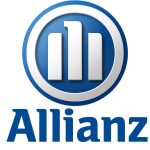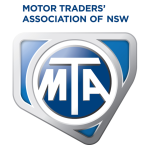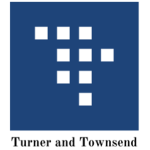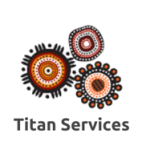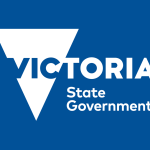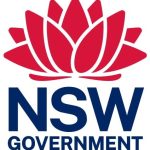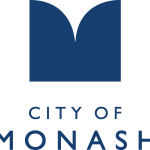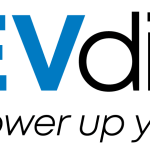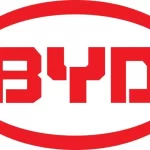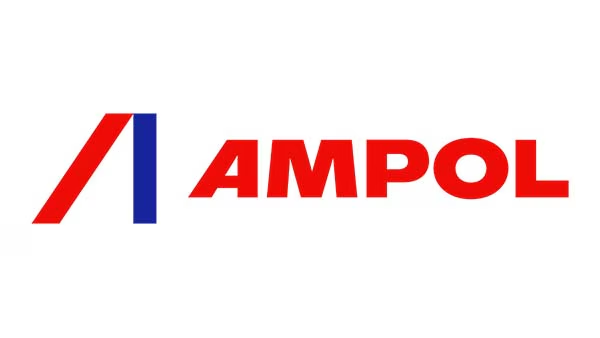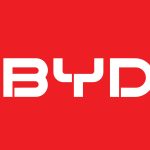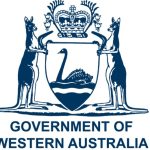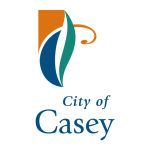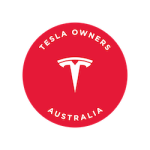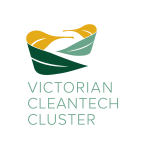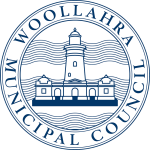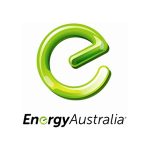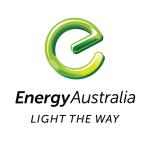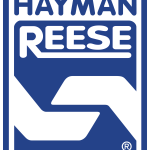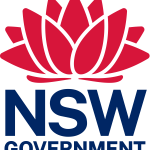This week’s episode discusses the new electric smart cars #1 and #3 as well as the global reveal of #5.
Transcript
Adrian Maidment: Hello and welcome to EV Loop, powered by Car Loop. I’m Adrian Maidment.
Riz Akhtar: And I’m Riz Akhtar.
Adrian Maidment: On today’s episode, we’ve got smart vehicles, self-driving tech, Riz’s Global, chargers in the USA, and more. Hi, Riz.
Riz Akhtar: Good to be on our seventh episode. We’ve got lots of interesting things to share this week. A lot has happened since we last touched base about a week or so ago.
Adrian Maidment: First up, we’ve got a big media launch this week in Australia. It was the Smart #1, #3, and #5, and you were there, Riz.
Riz Akhtar: Yeah, all the odd numbers. They looked quite good in person. I was there in Brisbane, the Gold Coast, and Byron Bay, getting a chance to see the cars in person, learn from Smart’s executive management team, and witness the global unveil of the Smart #5 with international media and friends in Byron Bay.
Adrian Maidment: Any key insights? What’s the overall vibe? Smart used to be known in the ’90s for its four-2 design, those small green cars everywhere.
Riz Akhtar: Yeah, the hatchbacks. Smart is looking to reinvent itself. In Australia, it hasn’t been around for many years, but it’s coming back with a new joint venture with Geely, which owns Polestar, Volvo Cars, Zeeker, and other brands, as well as Mercedes-Benz. So they’re relaunching the brand into the country, but with new products that are slightly larger than those compact city cars you remember, Adrian. This time, I think the brand will have a much broader reach, particularly with the pricing unveiled for both the #1 and #3, which start at under $60,000.
Adrian Maidment: Yeah, and then you were at the #5 big release event. What happened there?
Riz Akhtar: That was major. I didn’t expect there to be so many international journalists. It’s the first time we’ve had an electric vehicle launch, like a global launch, here in Australia. The global unveil was amazing. Just getting a chance to see the car in person, learn about what it took to design the vehicle, and understand the target audience they are looking at was quite interesting. I posted about it on my LinkedIn, and it sort of blew up, especially with the number of cars Smart is planning on launching, particularly that #5. It’s very rugged, and we’re expecting to get it in right-hand drive next year.
Adrian Maidment: And while you were at the event, did you talk to anyone interesting?
Riz Akhtar: Yeah, I got a chance to meet fellow Australian journalists and other industry people. In particular, I came across Speedsters, a big Chinese automotive media company. They gave me a bit of a vox pop interview, and now apparently I’ve gone global. It’s on Chinese social media everywhere, just sharing my thoughts on Smart as a brand in Australia and the #5.
Adrian Maidment: I’ve also seen a Canadian news story about you. As you said, you’ve gone global this week!
Riz Akhtar: Global, indeed. The Canadian Broadcasting Corporation reached out to me while I was in Byron Bay because of the tariffs being put on Chinese-made electric cars coming into Canada. They wanted to know the Aussie experience around Chinese electric cars, particularly focusing on BYD, Smart, Zeeker, and Volvo.
Adrian Maidment: That’s good. I guess people can, if they’re really desperate to fill a bit of time in the evening, find it somewhere.
Riz Akhtar: Yeah, on the Canadian Broadcasting Corporation’s website. If you’re looking for that story, head there. We’ll try to leave a link in the description.
Adrian Maidment: We’ll put a link in the description. That’s a good idea. So, let’s come back to reality. We’ll leave that part of Riz’s world and return to Australia. I saw a headline in The Driven saying, “EV Forecasts Slashed as New Vehicle Standards Allow Car Makers Room to Push Hybrids.” I thought with those new standards, Riz, there was going to be more EVs and fewer petrol vehicles. This headline isn’t what I expected.
Riz Akhtar: Well, this is apparently an updated forecast put out by the Australian Energy Market Operator. They’re looking at it from an energy perspective, and they believe the number of EVs on our roads will be lower than expected. They’re slashing the forecast, suggesting there will be more hybrids sold. But as you and I know, the number of electric cars, the brands, the models we’ve just discussed—what’s coming to Australia—that’s going to push the needle well above what they’re forecasting at the moment. I think it might catch them off guard.
Adrian Maidment: That ties into a new brand spotted in Australia—Leap Motor? I’m not familiar with it.
Riz Akhtar: Leap Motor is an interesting story. Stellantis, which owns Jeep, Chrysler, Maserati, and many other brands, has formed a joint venture with Leap Motor, a Chinese affordable electric car startup. They’ve created Leap Motor International, which allows Leap Motor products to be distributed by Stellantis’s established network globally. We’ve seen one here in Melbourne, which is quite exciting. It’s a mid-sized SUV, similar in size to the Model Y, and it looks pretty premium in the photos that were taken while it was driving around a freeway in Melbourne. It’s only a matter of time before we see Chinese-quality electric vehicles being distributed by large European global conglomerates like Stellantis.
Adrian Maidment: I thought you were going to say it’s only a matter of time before we see them leave the market.
Riz Akhtar: Look, I missed an opportunity on that one.
Adrian Maidment: Every new story seems to start with a joint venture with some Chinese company, doesn’t it? But let’s move on to a brand that’s not joint venturing—BYD, the poster child of Chinese sales. They’ve got a GT version of the Seal—a hot hatch.
Riz Akhtar: A hot hatch, indeed. Hot hatches were popular once upon a time with the Volkswagen Golf GTI. BYD has just unveiled the Seal GT at the Chengdu Auto Show in Chengdu this week. It’s going to be one of their first electric hatchbacks that is more sports car-oriented. I can’t wait to see it in person, but it will be landing in Chinese consumers’ hands before the end of this year. It’s going to compete with the MG4 XPower that we already have here in Australia.
Adrian Maidment: That should be interesting. The MG4 is still going quite well, isn’t it? I saw it won another Car of the Year award for the second year running.
Riz Akhtar: Yes, as an overall package for an electric hatchback, it’s very hard to beat. Rear-wheel drive, the driving dynamics on the XPower are really good. The only thing they could improve on is possibly the software, but that could happen next year. Overall, it’s a very well-designed hot hatch.
Adrian Maidment: Staying with BYD, they’ve formed a partnership with a word I struggle to say—Huawei.
Riz Akhtar: Huawei, the big phone giant that also makes cars. I saw their phone dealerships or showrooms where they were selling cars. Huawei is a leader in autonomous driving technology in China, and I can see why BYD would want to do a joint venture with them to bring some of that technology and software in-house to improve the self-driving capabilities of BYD vehicles.
Adrian Maidment: This is coming on one of their sub-brands, isn’t it? Now, some charging news coming out of the United States of America. We’ve got two stories about charging—repairs and then funding for new chargers.
Riz Akhtar: Well, the non-Tesla charging industry in the US has had a bit of a rough start over the last couple of years with reliability issues and consumers not having enough confidence. This repair program could help solve some of those issues and hopefully make chargers more reliable, giving EV drivers and future owners more confidence. Then there’s the story about new charging infrastructure funding, which is a big one as well—millions of dollars being allocated nationally to install new chargers across the US. They’re going to need it if they want good EV adoption, just like every other country, including Australia.
Adrian Maidment: The news says it’s $521 million for new chargers. I think it’s time for a Tesla rumor. What do you have in your Tesla rumor hat today, Riz?
Riz Akhtar: Multiple rumors. They’re talking about the Model 2, the more affordable model, with more information potentially to come on that front, as well as an upgraded Model Y. And then somewhere in between, there’s the Model Y with seven seats. Apparently, it’s already being produced for markets like Europe and Australia out of Shanghai. Traditionally, the seven-seater has only been produced in the US for the US and Canadian markets. So it would be a good time for anyone looking for a seven-seat Model Y to consider one, as it could be on the cards in the coming months.
Adrian Maidment: It would be pretty tight, wouldn’t it? Not a lot of room.
Riz Akhtar: No, it is a smaller car when it comes to having seven seats, but I guess for those who want a seven-seater and may use it once every couple of months on road trips with smaller children, it could work. There are a few other options now as well, though, aren’t there?
Adrian Maidment: The Kia EV9 comes to mind.Very nice. Now, chart of the week, Riz. We’re looking at new chargers, recent new chargers in Australia.
Riz Akhtar: Yeah, pretty much. I want to give our viewers and listeners a bit of a glimpse into what’s happened over the last two months here in Australia. We’ve had quite a few chargers added. The number of sites over the last 60 days or so is sitting at just under 40 charging sites opened. We’ve got all the data covering where some of these chargers are going, and I’d like to highlight a couple. One is a new site that has just opened near Melbourne Airport. We all know how important it is to be able to charge close to an airport, whether you’re about to board a flight and want to top up so you don’t have to fill up when you return, or if you’re returning a rental car. A new EV network site just opened near Melbourne Airport, which is good to see.
Then, even in Sydney, there are a couple of new sites that have opened. One in particular is at the Willowdale Shopping Centre west of Sydney. Moving further north in Queensland, there have been quite a few additions. One between Brisbane and the Gold Coast—BP Pulse has opened a site in Stapylton, a bit of an industrial area. There’s also another one added in MacGregor, and then a bit north of Brisbane in Chermside at Robinson Road Marketplace in Aspley. The number of fast-charging sites across Australia is growing, and it’s good to be able to see and keep track of what’s going on out there.
We want to share all that data and insights with our viewers and listeners right here on EV Loop.
Adrian Maidment: That’s good. Is there a general trend in the pace of installations? Is the pace increasing at the moment?
Riz Akhtar: Yeah, it’s quite interesting. I think we’re averaging around 20 sites a month. But as we get closer to Christmas, Q4 is usually the big rush to open all these sites before the big holidays and the big break, when everybody will be doing road trips. So 20 to 30 sites are being averaged, but as we get closer to Christmas, that might increase to 30 to 40 sites. We’re expecting our charging network to roughly double again before the end of this year, which is quite exciting to see.
Adrian Maidment: So, we’ll move on to some upcoming events. What’s on the EV calendar?
Riz Akhtar: First up, we will be getting guests on the EV Loop podcast very shortly. Industry experts will be sharing their perspectives and where they think things are going here in Australia. Some of those trends will be shared right here on EV Loop as well as on our podcast. We’re looking forward to some exciting guests, both local and international EV experts. Maybe some Canadians—who knows? We haven’t had any Canadians yet, but there will be some interesting people that I’m sure our listeners will be keen to hear from as they see our EV market rapidly rise in 2024 and beyond.
Adrian Maidment: And Mobility Live?
Riz Akhtar: Yes, we’ve got Mobility Live coming up in October. Before that, there’s the NRMA EV Drive Day in St. Ives, Sydney, where I will be giving a talk to fleet managers on the rise of Chinese EVs, particularly light commercial vehicles. A couple of car launches are also coming up that we may share with our listeners in the coming weeks, particularly as I venture out to different parts of Australia to attend them. For those interested in staying up to date, feel free to connect with me or the Car Loop LinkedIn page. We’ll also aim to share them here on EV Loop.
Adrian Maidment: Like, subscribe, share, ring the bell.
Riz Akhtar: That’s right, all the calls to action.
Adrian Maidment: And just summing up, back to Canada—they’ve slapped large tariffs on Chinese carmakers.
Riz Akhtar: Yeah, as I mentioned in the Canadian Broadcasting Corporation interview, it’s going to hinder things and make it more difficult for Canadian consumers to experience affordable, quality electric cars. I think it may slow things down there, but on the other end, it could accelerate things here in Australia. So it’s something worth keeping an eye on.
Adrian Maidment: Okay, Riz, thanks very much.
Riz Akhtar: Thanks, Adrian.
Adrian Maidment: And we’ll see you next week.
Riz Akhtar: See you next time.




